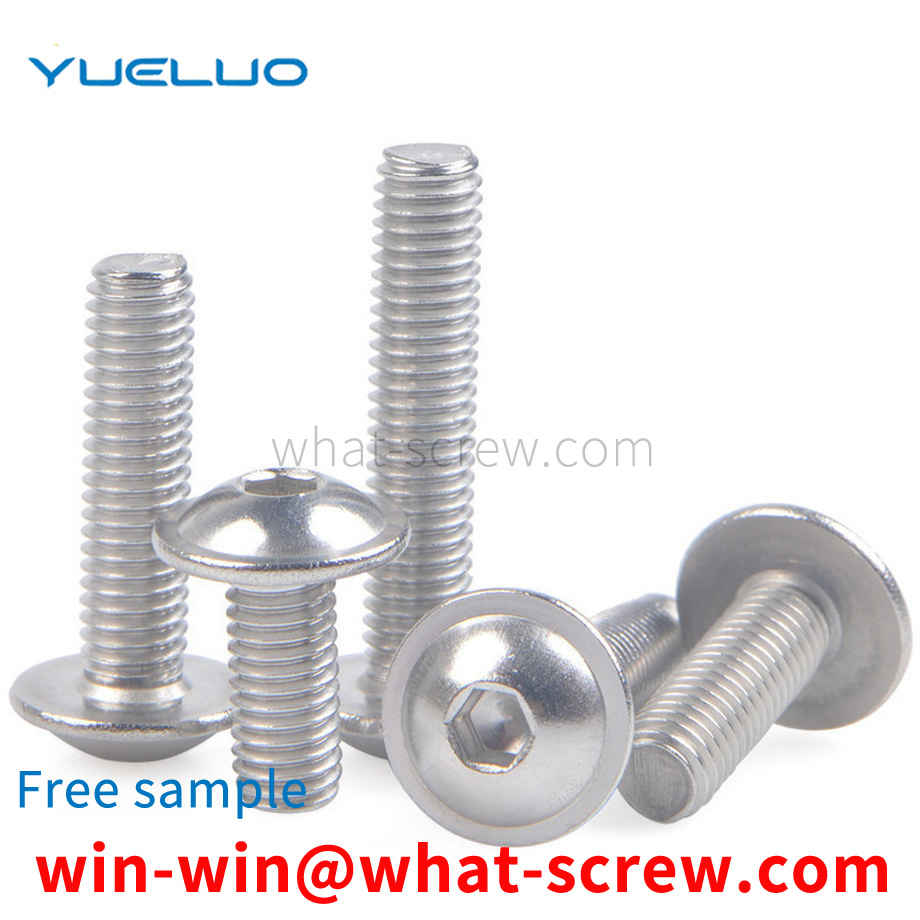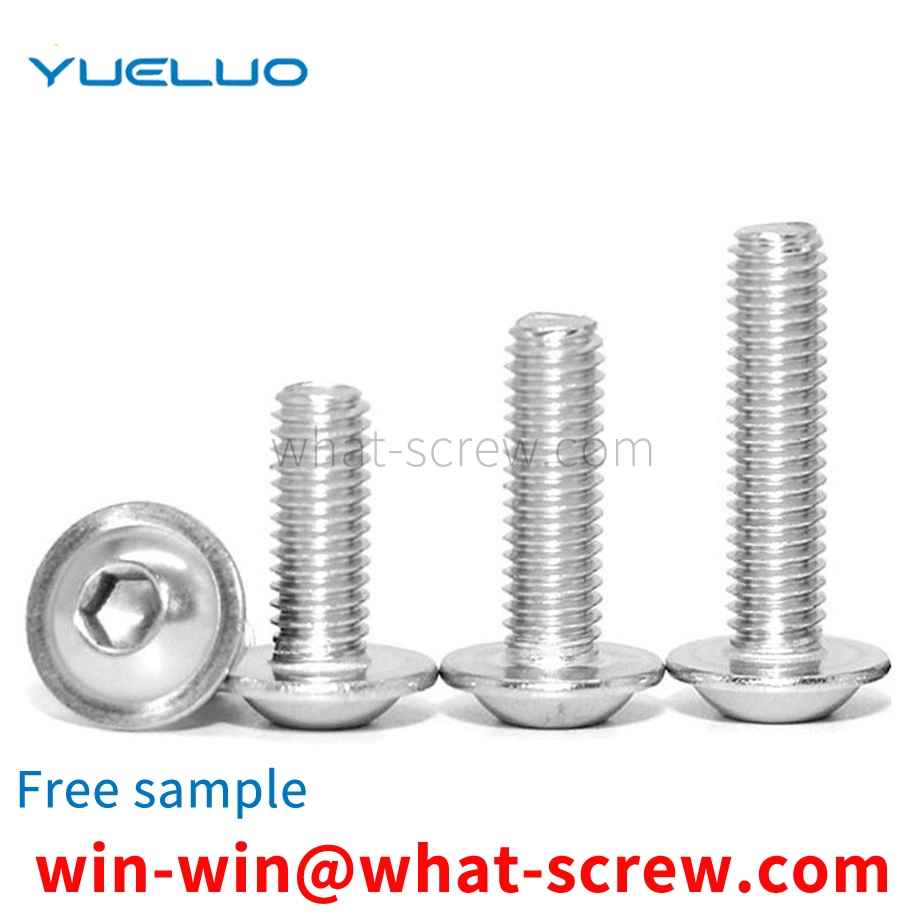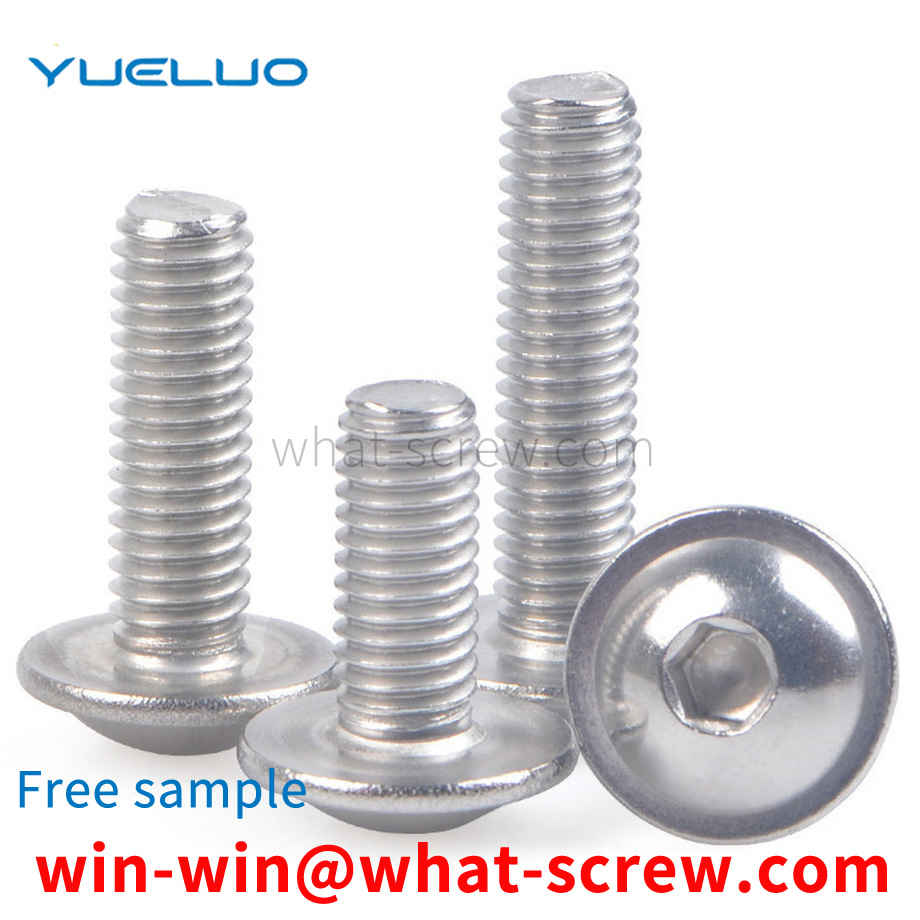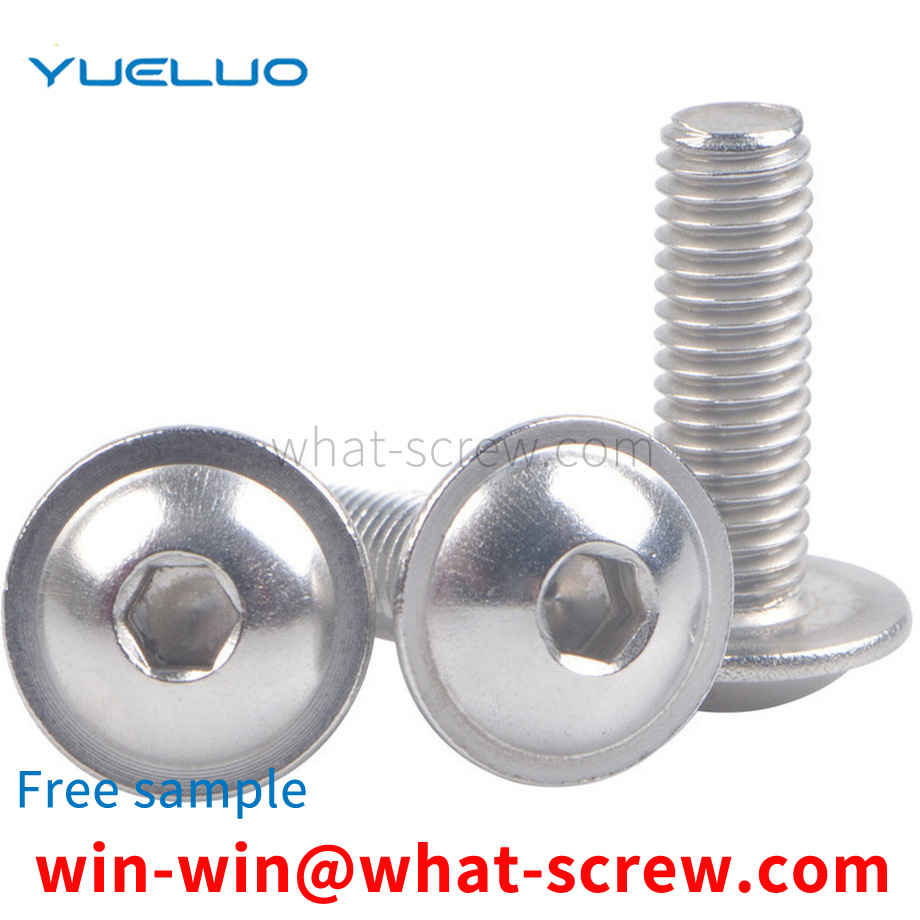What is the tolerance range of precision screws?
What is the tolerance range of precision screws?
Service Hotline
+86760-8787 8587We have more than ten years of production experience in the screw industry, the main products are: GB820 flat head machine screws, GB825 eye bolts, titanium spring washers, GB12617.3 rivets, knock-on-lock rivets, knock-on rivets, spring washers standard GB93-93, blind holes Hand tightening nut, bottom hole 7.2 outer diameter, ultra-thin flat washer, bolt nut, hexagon head bolt with small teeth, punching meson washer, 8.8 color zinc hexagon nut, nylon plastic screw, six-jaw lock washer, etc. Due to the different materials and specifications of the products, the prices are also different, if necessary, please contact us.


The electroplating of cross recessed screws generally refers to the electroplating of iron cross recessed screws. Stainless steel cross recessed screws are rarely electroplated. The electroplating colors of cross recessed screws are divided into environmental protection and non-environmental protection. Environmental protection blue zinc, environmental protection color zinc, environmental protection black zinc, environmental protection white nickel, etc., non-environmental protection includes white nickel, white zinc, color zinc, black zinc, black nickel, black cladding, blue zinc.

Self-locking nuts generally rely on friction. The principle is to press the embossed teeth into the preset holes of the sheet metal. Generally, the diameter of the square preset holes is slightly smaller than that of the rivet nut. The nut is connected with the locking mechanism. When the nut is tightened, the locking mechanism locks the ruler body, and the ruler frame cannot move freely to achieve the purpose of locking; when the nut is loosened, the locking mechanism disengages the ruler body, and the ruler frame edge body movement


At present, the commonly used shaft retaining rings in the market usually include elastic retaining rings and screw locking retaining rings, but they all require tools to be installed and disassembled, which is relatively inconvenient to use.

The types of rivets can be roughly divided into open type, closed type, double drum type and single drum type series. The following is a brief description of their respective models. Countersunk head blind rivets: For the riveting of riveting parts that require smooth and beautiful surfaces after riveting. Double-drum blind rivet: During riveting, the mandrel pulls the end of the rivet body into a double-drum shape, clamps the two structural parts to be riveted, and can reduce the pressure acting on the surface of the structural parts. Uses: Mainly used for riveting various thin structural parts in various vehicles, ships, construction, machinery, electronics and other industries. Blind rivet with large brim: Compared with ordinary blind rivets, the diameter of the aluminum cap of this rivet is significantly larger. When the rivet is riveted with the connector, it has a larger contact area and a stronger supporting surface, which can enhance the torque Strength, can withstand higher radial tension. Applicable industry: It is suitable for fastening soft and fragile surface materials and extra-large holes. The increased diameter of the brim has special protection applications for soft materials. Closed Blind Rivet: Designed to wrap around the mandrel head after riveting, ideal for many applications where waterproofing is required. With high shear force, anti-vibration, anti-high pressure.

The above content is uploaded by Yueluo or the Internet. If there is any copyright issue, please contact [email protected].

What is the tolerance range of precision screws?

How to choose the right stainless steel screw manufacturer?

Why is there an R angle under the head of the hexagon head s...

We have more than ten years of production experience in the ...

We have more than ten years of production experience in the ...

We have more than ten years of experience in screw industry ...

We have more than ten years of experience in screw industry ...